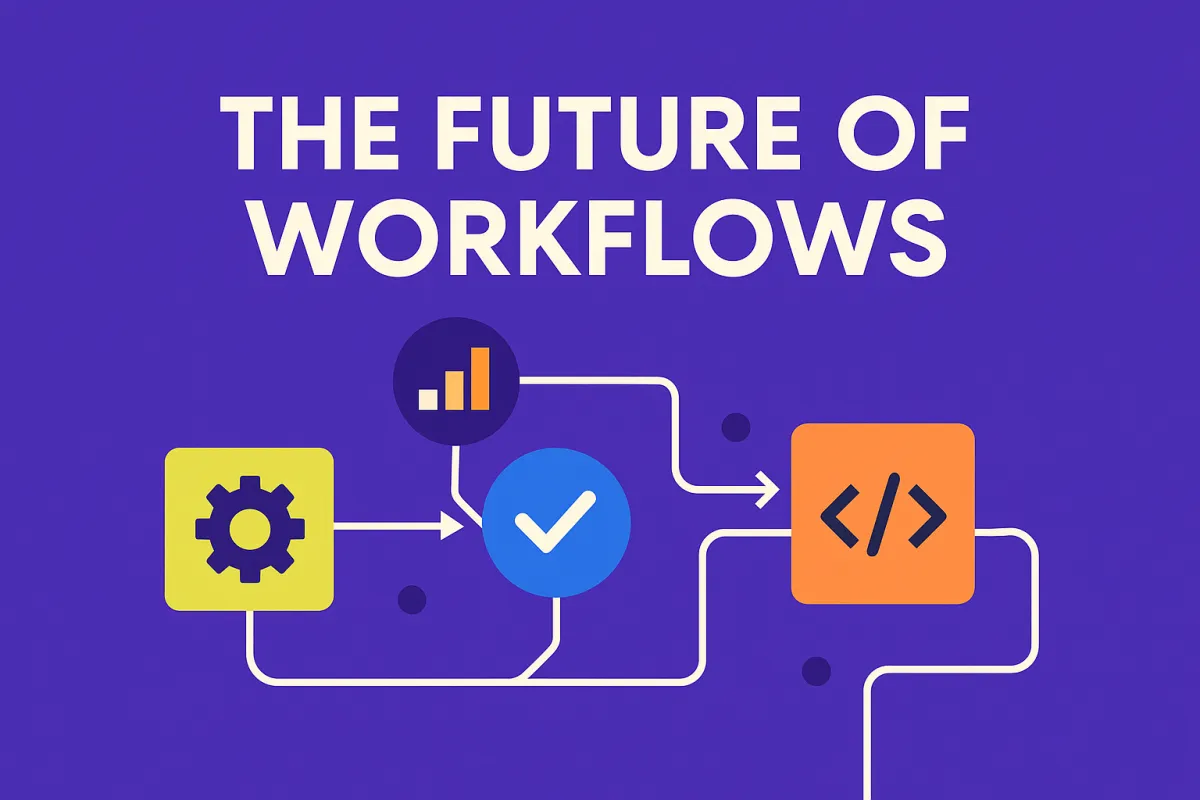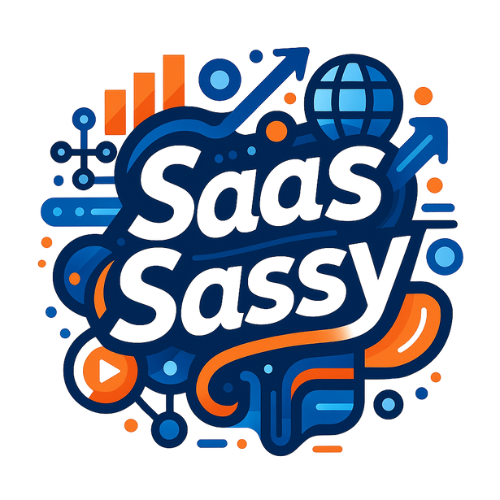
The Future of Workflows
The Paradigm Shift: Why Workflows Are Evolving
From Task Counting to System Building
You've seen McKinsey estimate up to 45% of work activities are automatable, so you shift from measuring time to designing systems; automation literacy and AI workflows let you automate scheduling, reminders, and CRM triage to reclaim 10–30 hours per person monthly. AI surfaces data insights and draft options without replacing judgment, while integrated SaaS workflows collapse tool sprawl and let your leadership frameworks scale with measurable clarity and impact.

Key Takeaways:
Automation is becoming the baseline—automation literacy and AI workflows streamline routine processes (scheduling, reminders, CRM), shifting focus from task/time metrics to systems that increase efficiency and leadership clarity.
AI augments human judgment by surfacing data insights, supporting decision-making, and boosting creative output rather than replacing people, enabling higher-value work.
Alignment via integrated SaaS workflows and leadership frameworks eliminates tool sprawl and unlocks sustainable scale, clearer roles, and accelerated professional growth.
From Manual to Machine: Automation as the New Baseline
You shift repetitive admin work into predictable, auditable flows so leaders focus on decisions, not data entry. Automating scheduling, reminders, and CRM updates reduces manual touchpoints and error rates, freeing you to scale processes without adding headcount. SaaS Sassy sees teams cut routine admin by large margins, replacing task lists with event-driven workflows that keep work aligned to objectives and surface exceptions for human judgment rather than drowning you in low-value noise.
The Role of Algorithmic Efficiency
You rely on algorithms to prioritize, route, and summarize at scale: priority scoring that surfaces top leads, batch inference that refreshes dashboards every hour, and lightweight models that triage incoming requests. Efficient algorithms cut compute cost and latency, letting you run more frequent, actionable insights—shifting response windows from days to hours and enabling your team to act on opportunities while they still matter.
Streamlining Operations to Enhance Productivity
You replace manual handoffs with rule-based automations and integrated SaaS workflows that move work between systems—form submissions become CRM records, qualified leads trigger sequenced outreach, and invoices auto-generate from closed deals. That orchestration reduces context switching and reclaimable time, often yielding an extra 2–4 hours per person per week for higher-value strategy and customer work.
You can measure impact quickly by consolidating tool sprawl: tracking time-to-task, context switches, and exception rates after each automation rollout. At SaaS Sassy, consolidating seven overlapping apps into three core platforms and automating routing reduced weekly context switches by more than half and shortened campaign lead time from two weeks to five days, letting small teams deliver at the speed of larger organizations.

Collaborating with Machines: AI as a Workflow Partner
Intelligent Decision-Making and Data Utilization
AI can turn fragmented data into action: predictive lead scoring that boosts pipeline conversion by 15–25%, anomaly detection that cuts incident investigation time by 40%, and automated dashboards that update in real time so you spot trend shifts within hours instead of days. Embed these models into CRM, finance, and ops workflows to auto-prioritize tasks, trigger escalations, and generate concise decision briefs that your team can act on without manual aggregation.
The Emergence of Augmented Human Intelligence
Augmented intelligence enhances your judgment by combining AI suggestions with human context—summary snippets that reduce meeting prep time by 30%, content drafts that save two hours per week for product marketers, and recommendation engines that propose next steps based on historical outcomes. You stay in control while AI accelerates routine cognitive work.
Practical adoption looks like pairing an LLM with rule-based automation: use AI to draft options, run A/B comparisons on past campaign performance, then let your team choose and refine the winning approach. At SaaS Sassy, integrating AI-assisted SOPs and automated task routing reclaimed an average of 2 hours per manager per week and improved execution consistency by 20%. Combine transparent model outputs, feedback loops, and simple governance so you continuously improve suggestions without ceding decision authority.
Finding Common Ground: Alignment as the Differentiator
Alignment separates teams that chase tools from those that scale; when your product, ops, and sales workflows share a single source of truth, you cut redundant work and speed decisions—teams I've seen consolidate SaaS stacks and reduce handoffs by up to 30%. Focus your roadmap on leadership systems and automation literacy so everyday tasks like scheduling, reminders, and CRM updates become predictable inputs to higher-level strategy, not noise that fragments execution.
Fostering Cross-Departmental Collaboration
You can break silos by codifying shared workflows: use API-driven integrations, centralized playbooks, and cross-functional Slack channels tied to automated status updates. One client aligned Sales and CS around a joint onboarding workflow, dropping time-to-first-value from 18 to 10 days and cutting support tickets 25%. Practical steps include mapping handoffs, assigning clear owners, and automating routine notifications to keep everyone working from the same live plan.
The Importance of a Shared Vision in Workflow Design
Design workflows around a measurable, shared vision so your team knows which metrics—cycle time, NPS, ARR expansion—matter and why. When your roadmap, KPIs, and SOPs reflect the same objectives, you reduce rework and prioritization conflicts; organizations that align KPIs across three or more departments often see 15–25% faster project delivery. Use that alignment to guide which automations and AI supports to deploy first.
Start alignment with a two-day cross-functional sprint: map end-to-end customer journeys, define SLAs for each handoff, and build a RACI for recurring processes. Track leading indicators like lead time and escalation frequency, then deploy small automations (e.g., auto-triage rules, reminders, CRM enrichment) that immediately impact those metrics. Iterative reviews each quarter—60–90 minutes with stakeholders—prevent drift and keep your shared vision actionable as you scale.
Empowering Leadership: What Smarter Workflows Mean for Leaders
Redefining Management Roles in a Tech-Driven Environment
You move from supervising tasks to designing systems: prioritize automation literacy, define AI-augmented decision gates, and codify escalation rules so routine scheduling, reminders, and CRM updates run without manual oversight. Replace weekly status meetings with real-time dashboards to cut meeting time by up to 50% and redeploy that time to coaching, strategy, and high-impact decisions—turning managers into systems architects who measure outcomes, not activity.
Cultivating a Culture of Continuous Improvement
Embed short feedback loops, two-week experiments, and ongoing A/B testing into workflow design so you iterate on processes rapidly; maintain an automation backlog ranked by ROI, track leading KPIs like cycle time and error rate, and tie improvements to quarterly OKRs to create measurable momentum across teams.
Operationalize this culture by allocating explicit time and resources: run 30-day pilots for high-impact automations, hold weekly 15-minute automation standups, train 10–20% of staff in automation literacy, and publish results—time saved, error reduction, throughput gains—so you scale successful patterns across the organization.
Final Words
Summing up, you should view automation and AI as baseline tools that free your team for higher-value work, while alignment across integrated SaaS workflows reduces tool sprawl and clarifies leadership responsibilities. By building automation literacy and AI-augmented processes, you create leadership systems and frameworks that scale sustainably, sharpen decision-making, and amplify impact across your organization.

